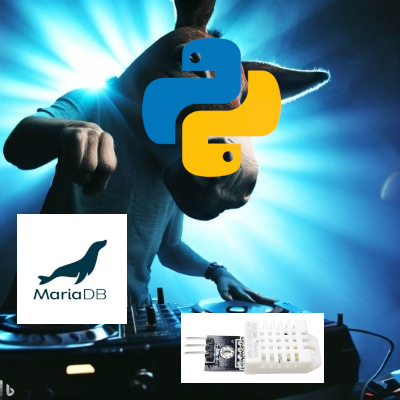i finally replaced the pax I lost a few years ago while moving. $20 and an extra two weeks to ship. I basically just used their premade Space design, removed a few stars, and added the cat.


i finally replaced the pax I lost a few years ago while moving. $20 and an extra two weeks to ship. I basically just used their premade Space design, removed a few stars, and added the cat.


Got a privacy policy update and realize I should have deleted this worthless service ten years ago…

last line:
“we’re not racists, we just needed the money”

The question:
import os
file_path = “/bin/bash”
if os.path.exists(file_path):
os.remove(file_path)
print(“File deleted successfully.”)
else:
print(“File not found.”)What does this code do? And is it safe to add to my init scripts?
Both bots accurately explain what the script does(no shit sherlock. you mean a computer knows what that “code” is? like the code that is written specifically to tell the computer what to do? It’s capable of decoding the shit written specifically for it to understand? IT’S ALIVE!!!) But, the one tells me not just no, but “Absolutely not”, while the other makes sure I know to run it as root. lol.


GOOD:
This Python script attempts to delete the file located at /bin/bash if it exists. Here’s a detailed explanation of what each part does:
file_path = "/bin/bash":/bin/bash is the standard location of the Bash shell executable on many Unix-like systems, including Linux.if os.path.exists(file_path)::/bin/bash exists on the system.os.remove(file_path):os.remove() function.print("File deleted successfully."):else::/bin/bash if it exists./bin/bash is the Bash shell executable, a critical binary on most Linux/Unix systems. It’s the default shell interpreter used in many systems and is essential for running scripts, executing commands, and accessing the shell./bin/bash were deleted:/bin/bash would fail. This includes running Bash scripts, logging into the shell for users with Bash as their default shell, and many system services that rely on Bash scripts./bin/bash could render the system unusable depending on how it’s configured.Absolutely not.
/bin/bash on system startup (via init scripts) would likely break your system:
/bin/bash)./bin/bash.If you’re auditing or testing something related to file existence or deletion, consider:
file_path = "/tmp/testfile"
if os.path.exists(file_path):
os.remove(file_path)
print("File deleted successfully.")
else:
print("File not found.")/bin/bash.Adding this script to your init scripts would be a catastrophic mistake and could render your system unusable. Always double-check the purpose and implications of code before running it, especially in critical areas like system startup.
BAD:
The code snippet you provided is a Python script that checks for the existence of a file and takes an action based on the result. Here’s a breakdown of what it does:
os module: This line imports the os module, which provides a way of using operating system dependent functionality.file_path: It sets the file_path variable to /bin/bash, which is the path to the Bash shell executable on many Unix-like systems.os.path.exists(file_path) line checks if the file or directory at the specified path exists.os.remove(file_path) to delete it.Safety for init scripts:
Adding this code to your init scripts (e.g., in /etc/init.d or similar) can be safe under certain conditions:
/bin/bash requires root privileges. Make sure your init script runs with root or a user with sufficient permissions.Important Considerations:
Ars always has the inside story thanks to Eric Berger.
I’ve got my tin foil hat on, so this is quite obviously a SpaceX part, just like the hundreds that have fallen in the past decade. I’m sure it will only get worse with the muskrat emboldened by even less regulation. My prediction is that we will see a dead astronaut, or worse, a civilian from space debris before the end of the cheeto’in’chief’s second term.

the last line of this episode is “welcome to the Gaza Strip”

For my indoor garden I wanted to monitor the temperature inside and outside the tent. It is in the basement, which I don’t think ever gets above 70 or below 50, but to control the plant’s cycles I need to control light and temp. The light came with an App so I just needed to get temp data into my database. Here is the code I’m using at the moment. I’d also like to log outside temperature data, but I haven’t figured that out yet. I’m think there has got to be an API for the NWS that I can put in a zip code and get the temp and humidity. Here is the code, and some notes.

We need to get some libraries and connect to the sensors.

I have two functions. One to get the data from the sensors, and one to insert the data into the database.


Where the magic happens

and some cleanup

So I calculated the space needed by putting 10 readings in the db, and if the average holds(which it should only go down) I will use about 840 MB a year to get a reading every minute, which I don’t really think I would need, so I’ll probably lower it to once an hour maybe later.

1638 average row size, in bytes(i think)
so 1.6kb a reading.
60 minutes * 24 hours * 1.6kb = 2,304kb a day
2.3MB * 365 = 839.5MB a year

made the list of best spaceflight patches. They don’t even try to pretend what motivates them.
